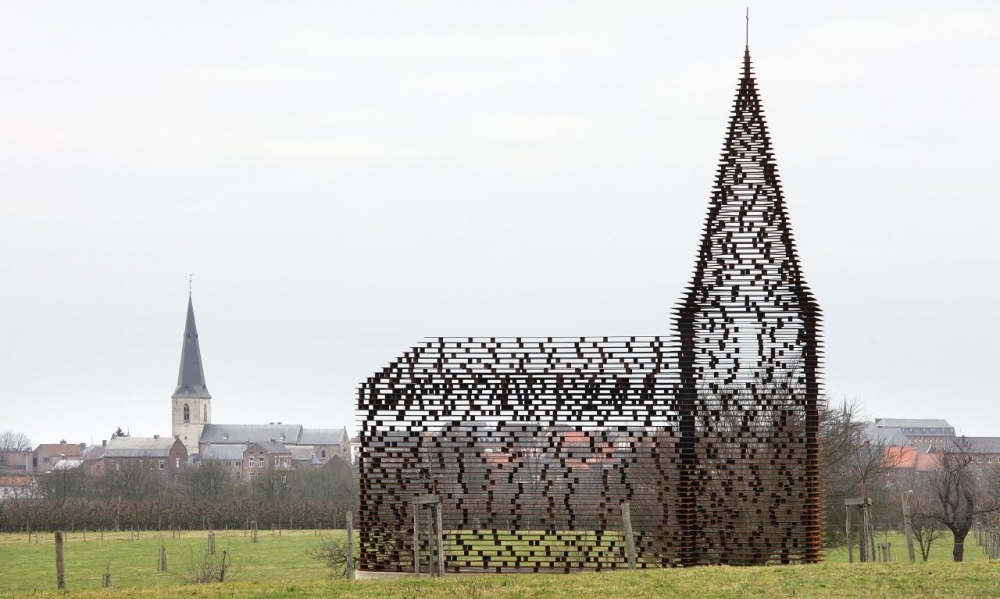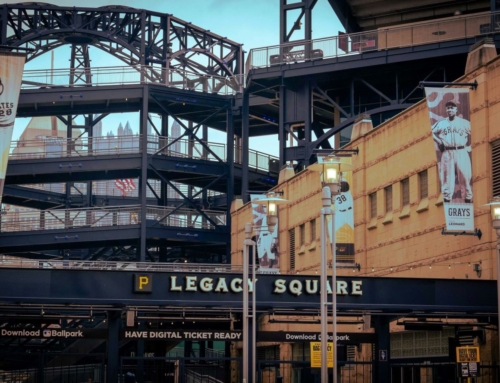During my friend’s Master’s defense, she stood before her committee, nervously pinching her necklace between her thumb and forefinger. I remember her words clearly: “I consider myself spiritual, but not religious.” She was trying to express the thought and meaning in her design. She hoped her design would inspire something beyond materiality and superficiality without resorting to traditional motifs or symbols.
Most of us have encountered these words in some respect or another. Someone may elaborate by saying, “Well, I think there is something higher, something spiritual in us, in our world, but I don’t think that religion captures it. Religion tries to get at it, but I think ultimately religion restricts it, or abuses it.” The prominent New Atheist Sam Harris puts it this way:
Our world is dangerously riven by religious doctrines that all educated people should condemn, and yet there is more to understanding the human condition than science and secular culture generally admit.
We can see evidence of this aspiration being built, in an ironic way, in the architectural project included above. Commonly known as the “disappearing church,” this project is award-winning. What kind? A religious architecture award. Reading Between the Lines, its official title, was voted on by readers of Archdaily—a popular architectural blog. I find it ironic that it’s considered religious because the only thing religious about it is that it takes its form from the Christian church in the main town. The building evokes the image of a traditional Christian place of worship, only to vanish before one’s eyes into the landscape. The space doesn’t offer itself for worship, but for observing the landscape. It suggests that the disappearance of the Church allows one to see the world anew, in a spiritual way (though even that idea needs some starting point, i.e., the Church).
I think this project is a perfect example of the spirit of the modern movement in architecture. Modernism in architecture hails abstraction and simplification, and it parallels a secularization of religion.
“Less is more.”
“God is in the details.”
“Form follows function.”
“The freedom of ornament is a sign of spiritual strength.”
These quotes from early twentieth-century architects capture the spirit. Modern thought took our built environment on a new journey. The way of tradition and subtlety in design gave way to originality and invention. New materials such as steel, large plate glass, and reinforced concrete became new toys to build an abstract utopia. (Fun fact: Reading Between the Lines is composed of 30 tons of steel.)
As materials started to be mass produced, designs became modulated, and buildings became machines. “Form follows function” soon devolved into “form is accidental to function.” Rather than seeing the form of a building as being integral and wedded to its function, modernists designed buildings simply to fulfill program requirements. We went from schoolhouse to Bauhaus.
Buildings became box-like, unadorned, and white. Whether or not it was a principle interest of the designers, works of modern architecture became a blank canvas for viewers and users to imbue meaning. The mind was thought to be freed to see the spiritual in the abstract (take away the crucifix and what is religious or spiritual there?). Yet, I think that unless someone is given direction (e.g., this is a church, think church things) or some sign (e.g., the crucifix) there’s no meaning present. The spirituality of a design is proportional to its presentation of traditional religious design and thought. The abstraction is a privation of the tradition.
Philip Johnson once said, “I don’t see how anybody can go into the nave of Chartres Cathedral and not burst into tears.” While enjoying quiet solitude inside San Carlo alle Quattro Fontane, my silent contemplation was broken by a man gasping for air. He walked in, clutched his breast, and looked up in awe. I literally saw beauty take his breath.
True religious churches imbue transcendence. True religious lives imbue transcendence. Any attempt to attain transcendence apart from religion will only lead to frustration. That’s because the whole dialogue and understanding of the spiritual is rooted in religion, and the truest form, expression, and existence of it is in Jesus Christ.
St. Paul preached that the manifold wisdom of God might now be made known through the church (Eph 3:10). That wisdom (namely, Jesus Christ), which all spiritual desire longs for, will be found in the Church. Designs remain hidden in the mind of an architect until the building is constructed. Likewise, in his Commentary on Ephesians, St. Thomas explains that the manifold wisdom of God’s revelation remained hidden in the minds of the Apostles until preached. Thomas writes:
However, once the concepts are realized externally in the construction, in the house after it is built, anyone can learn from the building what previously was concealed in the architect’s mind. Yet, they are not taught by the house but in the house.
That house is the Catholic Church, protected by the successors of the Apostles. The world isn’t “dangerously riven by [Catholic] doctrines,” as Sam Harris would have it. The world is led to true beauty and transcendence by that doctrine. One only has to be willing to receive it and be taught in the house.
“I’m spiritual but not religious.” While my friend said those words, she found comfort grasping her medallion. Unbeknownst to the room was that it was the Miraculous Medal hanging over her heart. She was seeking refuge in the image of Mary, the Mother of the Church.
✠
Image: Reading Between the Lines







